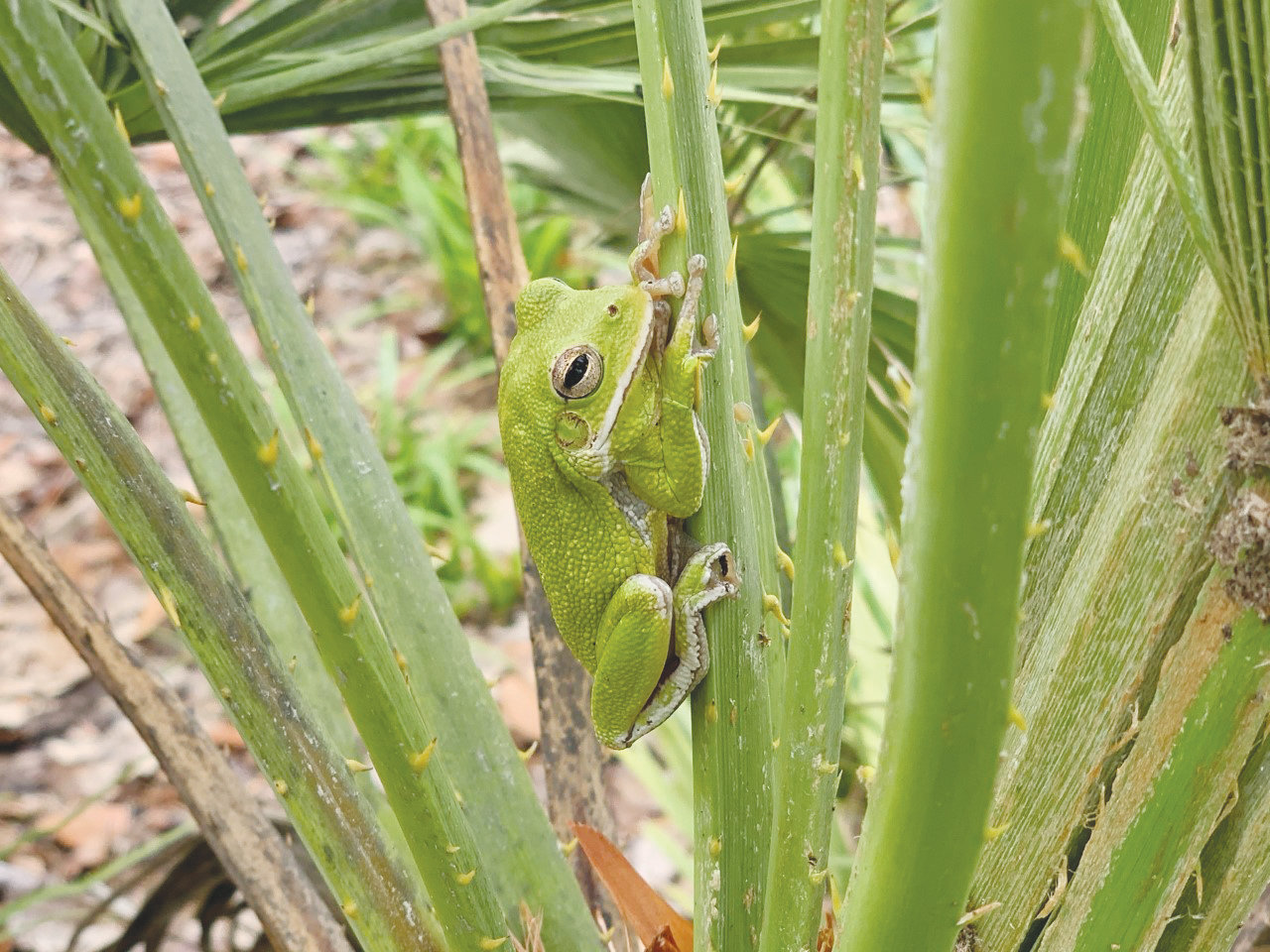Prince of a problem: Dealing with Cuban treefrogs
CLAY COUNTY – If you live anywhere in Florida, you probably hear frogs at night. The chorus can be deafening following a rain and most of these amphibians do an excellent job of helping keep insect …
This item is available in full to subscribers.
Attention subscribers
To continue reading, you will need to either log in to your subscriber account, or purchase a new subscription.
If you are a current print subscriber, you can set up a free website account and connect your subscription to it by clicking here.
If you are a digital subscriber with an active, online-only subscription then you already have an account here. Just reset your password if you've not yet logged in to your account on this new site.
Otherwise, click here to view your options for subscribing.
Please log in to continueDon't have an ID?Print subscribersIf you're a print subscriber, but do not yet have an online account, click here to create one. Non-subscribersClick here to see your options for subscribing. Single day passYou also have the option of purchasing 24 hours of access, for $1.00. Click here to purchase a single day pass. |
Prince of a problem: Dealing with Cuban treefrogs
CLAY COUNTY – If you live anywhere in Florida, you probably hear frogs at night. The chorus can be deafening following a rain and most of these amphibians do an excellent job of helping keep insect populations down and are also a food source for many predators. However, did you know a really common invader may be lurking in their midst and even eating our native frogs?
A growing threat
First making the jump from Cuba to the Florida Keys as stowaways on shipping crates back in the 1920s, the Cuban Treefrog (Osteopilus septentrionalis) has made a march northward in our state. They are now as far north was South Carolina and as far west as Texas. In Clay County, you can often see this invasive pest hanging around outdoor lights at night, looking for an easy meal.
When you first see them, nothing seems out of place as they look like many other tree frogs but they could cause some real damage to our native ecosystems. As this pest has spread, they feed upon other tree frogs, lizards, and small snakes; lowering their populations. They also eat many insects, taking food away from other creatures and even their tadpoles can outcompete other species.
Identifying the problem
The Cuban Treefrog is very easy to identify from other native treefrogs due to its size, its eyes, and its toe pads. While other treefrogs in Florida max out at around 2.5 inches, the Cuban can grow up to 5 inches in length. If it’s over 2 and ½ inches, it’s a Cuban treefrog.
Their eyes are also larger than other species, giving them a “bug-eyed” appearance and they have larger toe pads as well. Overall, they are can be a green or brown color with a warty appearance on their back.
If you need help identifying the Cuban Treefrog, contact your local UF/IFAS Extension Office with some images or check out our fact sheet at https://edis.ifas.ufl.edu/uw259.
What to do
Since this introduced, invasive pest can cause so much damage it is best to attempt to control them the best we can. The good news is that many of our native predators such as snakes, owls, crows, and wading birds have been observed eating them.
If you find a Cuban Treefrog, the recommendation is to humanely euthanize it if possible. However, do not handle with bare hands as they can excrete an irritating chemical from their skin. The most humane way to eradicate one of the frogs is to place it in a sealed plastic bag in your freezer. This will slowly chill the frog until it goes into a hibernation state and after around a day, the deceased specimen can be disposed of.
We do understand that this process may not be palatable to everyone but our intervention can hopefully lessen populations of this pest, helping our native frogs compete. If you have any questions about invasive species or anything related to gardening, contact us at IF-SVC-Clay-MG@ufl.edu or (904) 284-6355.








